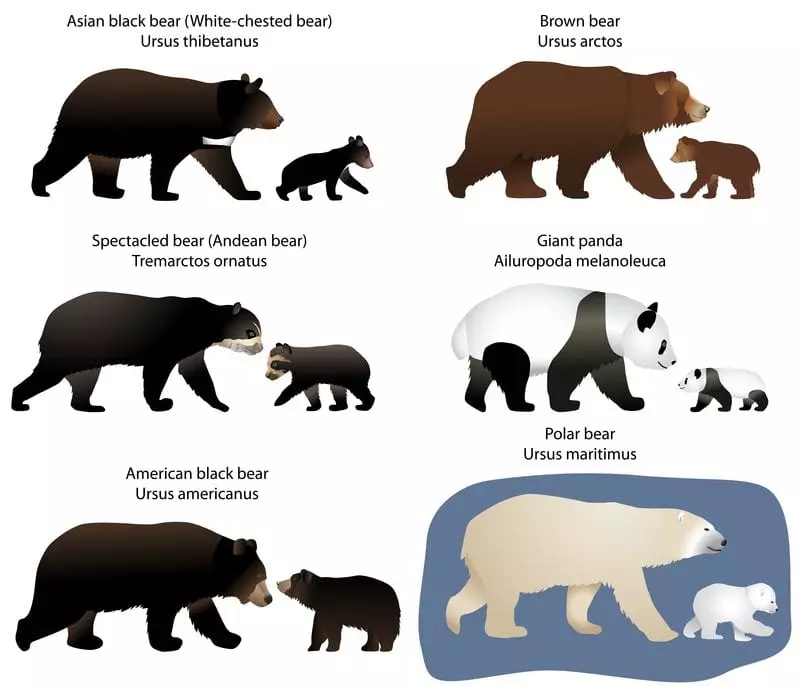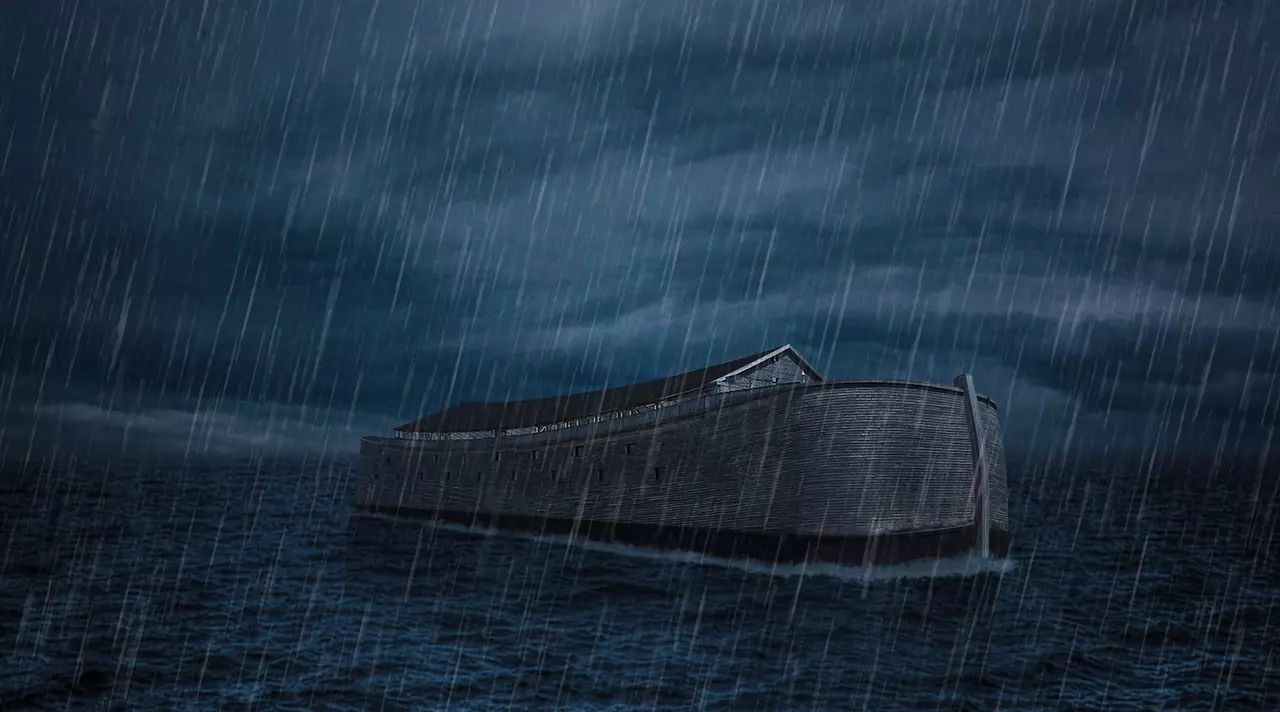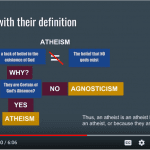[Originally published as Noah’s Food: How Could All the Animals Fit on the Ark?]
Two factors help answer this question: (1) the size of the Ark, and (2) the number (and size) of the animals and supplies on board. First, the size. The Ark was huge. The Bible gives us the dimensions of the Ark: 300 x 50 x 30 cubits. In ancient times, a cubit was measured by the length from a man’s elbow to the tip of his fingers. Using the long or royal cubit definition, this translates to Ark dimensions of about 510 x 85 x 51 feet. Using the shortest known cubit of about 17.5 inches, the Ark would have been approximately 437.5 x 72.92 x 43.75 feet. This translates to a total volume of about 1,396,000 cubic feet. The inside dimensions of a 40-foot school bus gives about 2,080 cubic feet of space. Therefore, 671 school buses without their wheels and axels could fit inside of Noah’s Ark. If each bus carried 50 students, then 33,550 kids could easily fit in the Ark.[i]
 Next, we have the number of animals. The Genesis Flood account states that God brought two (male/female) of every kind of animal (and seven pairs of some) to Noah, who loaded them into the Ark. The Hebrew term for kind is min, which occurs only 31 times in the Old Testament. So just what is a biblical kind? Biblically and biologically speaking, a kind is a group of animals that were naturally interfertile at the time of the Flood. Some organisms have complex histories since then, so it’s difficult to determine which of them belongs to which kind. Most often, however, plants and animals interbreed within their modern “Family” classification. Thus, each family—give or take—had at least two representatives on Noah’s ark. Several creation scientists have spent considerable amount of time studying this very topic (it’s called the field of baraminology, or the study of “created kinds”).[ii]
Next, we have the number of animals. The Genesis Flood account states that God brought two (male/female) of every kind of animal (and seven pairs of some) to Noah, who loaded them into the Ark. The Hebrew term for kind is min, which occurs only 31 times in the Old Testament. So just what is a biblical kind? Biblically and biologically speaking, a kind is a group of animals that were naturally interfertile at the time of the Flood. Some organisms have complex histories since then, so it’s difficult to determine which of them belongs to which kind. Most often, however, plants and animals interbreed within their modern “Family” classification. Thus, each family—give or take—had at least two representatives on Noah’s ark. Several creation scientists have spent considerable amount of time studying this very topic (it’s called the field of baraminology, or the study of “created kinds”).[ii]
While there are various methods for determining “kinds,” (e.g., cognitum and statistical baraminology), hybridization (whether two species can have offspring) is considered the most valuable evidence for inclusion within an Ark kind.
Take mammals for example. Some biologists list them in 28 orders that include 146 families and over 4,800 species.[iii] Some place the species estimates higher, around 5,400.[iv] So how many different mammal pairs would Noah have to take on the Ark to reproduce all the mammal species we have today? Take the dog (Canine) kind for starters. The World Canine Organization currently recognizes 339 different breeds of dogs—all are or were interfertile. There are 335 horse breeds that are all interfertile. There are eight bear species in the bear (Ursidae) family and all except for one are interfertile. Notice how the high number of species quickly collapses to a much smaller number?

Some scientists have boiled down this list of mammal species to only 138 created kinds (using extant species, or animals still alive today). Including the extinct mammalian families known from the fossil record, the actual number on the Ark could have exceeded 300.[v]
By collapsing the other animal categories in a similar manner, the total estimate of the number of kinds needed on the Ark is fewer than 2,000.[vi] Dinosaurs were certainly included on the ark, since Scripture says any animal that walked and had nostrils went in, with many dinosaur count estimates at the species level less than 1,000 and fewer than 80 at the family level.[vii] Probably only 160 individual dinosaurs survived the Flood on Noah’s Ark. Noah’s family could have loaded young behemoths, not the larger older ones. Dinosaur kinds, plus many other animals, went extinct after the Flood.
[i] See: https://answersingenesis.org/noahs-ark/how-could-noah-fit-the-animals-on-the-ark-and-care-for-them/
[ii] See the following references for Baraminology:
https://answersingenesis.org/creation-science/baraminology/
[iii] R. M. Nowak, Walker’s Mammals of the World (6th ed. 2
Vols, Baltimore, Maryland: The Johns Hopkins University
Press (1999).
[iv] According to Wilson & Reeder, Mammal Species of the World (3rd ed. 2005).
[v] Jean K. Lightner, “Mammalian Ark Kinds,” Answers Research Journal 5 (2012):151–204. Answers in Genesis: www.answersingenesis.org/arj/v5/mammalian-ark-kinds.pdf (November 5, 2018).
[vi] Dr. Nathaniel T. Jeanson, “Which Animals Were on the Ark with Noah?
Stepping Back in Time.” (May 28, 2016) Answers in Genesis:
https://answersingenesis.org/creation-science/baraminology/which-animals-were-on-the-ark-with-noah/(November 5, 2018).
[vii] Ronald J. Litwin, Robert E. Weems, and Thomas R. Holtz, Jr. Dinosaurs Fact and Fiction (https://pubs.usgs.gov/gip/dinosaurs/types.html and https://pubs.usgs.gov/gip/dinosaurs/ (November 5, 2018).







